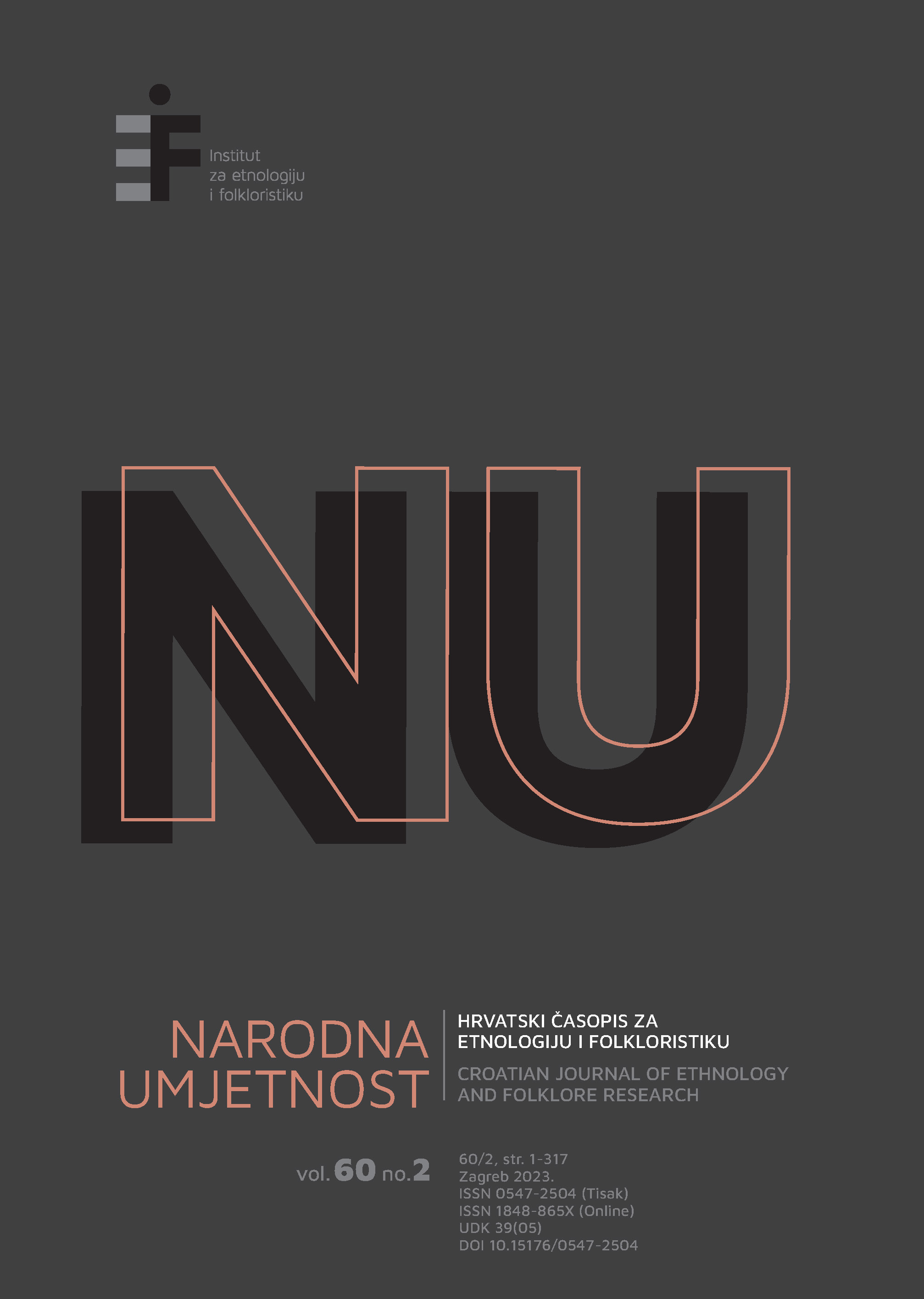Death and Emotion: Deceased Dogs in Graeco-Roman Antiquity
Sažetak
This article examines death narratives about dogs, an animal species which had a special significance for the Greeks and Romans. The analysis starts with one particularly famous animal: Odysseus’ dog Argus in Homer’s Odyssey, a case that may be seen as the archetype of ancient descriptions of an animal’s death. This constitutes the basis for the discussion of several other texts: (1) a short passage from Theophrastus’ Characters on the death of a Maltese dog (Char. 21.9), (2) the epitaph for the Maltese dog Taurus (Anth. Pal. 7.211), (3) the tombstone for the dog Aeolis (AE 1994.0348), (4) the epitaph for the Gallic dog Margarita (CIL 6.29896), and (5) the tombstone for the Gallic dog Myia (CIL 13.488). The various different death narratives investigated here not only reveal the animals’ characteristics and the meaning that they had for their owners, but also shed some interesting light on the owners themselves, in particular on their social status.
Keywords: animal death, epitaphs and funerary texts, dogs, Graeco-Roman antiquity

